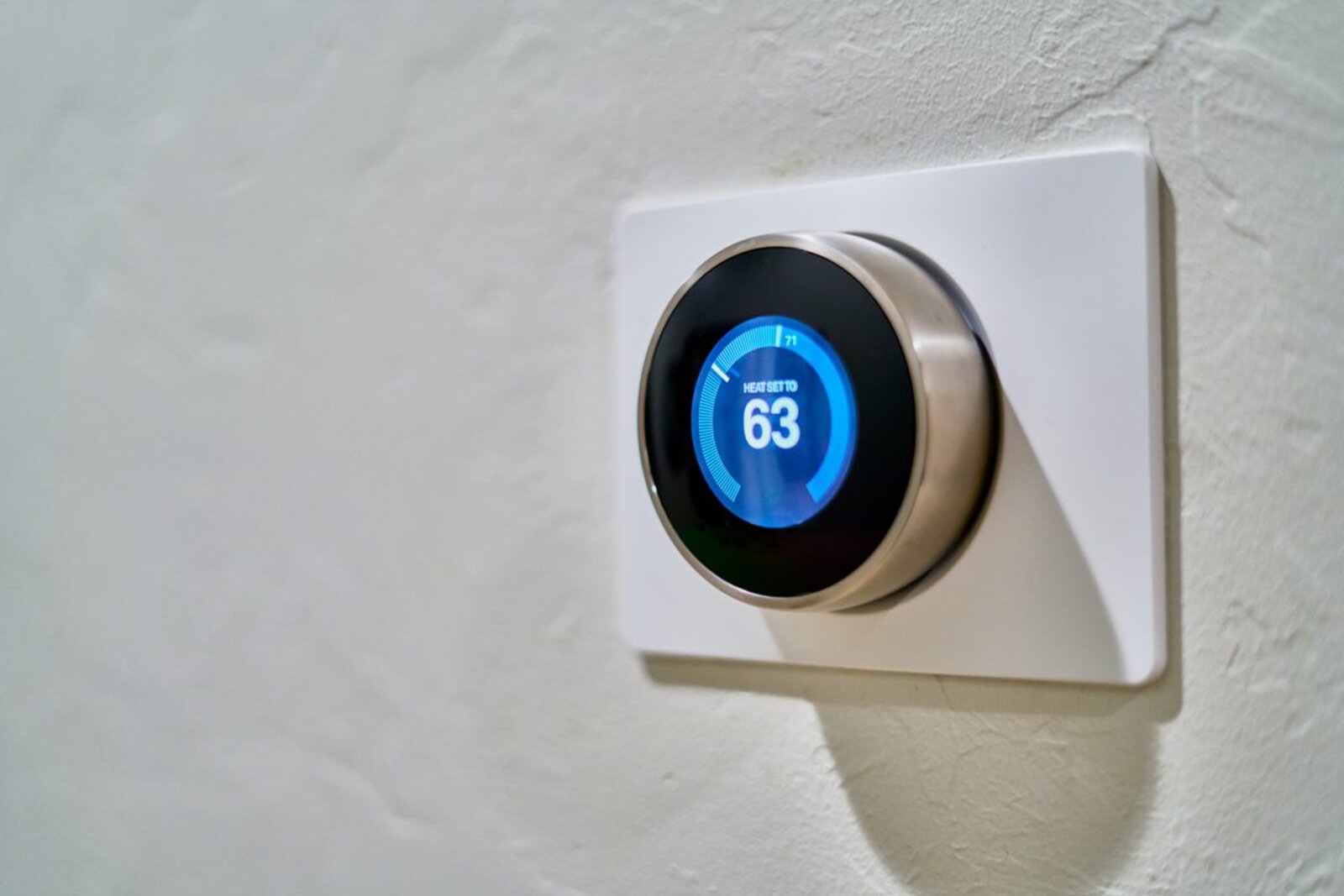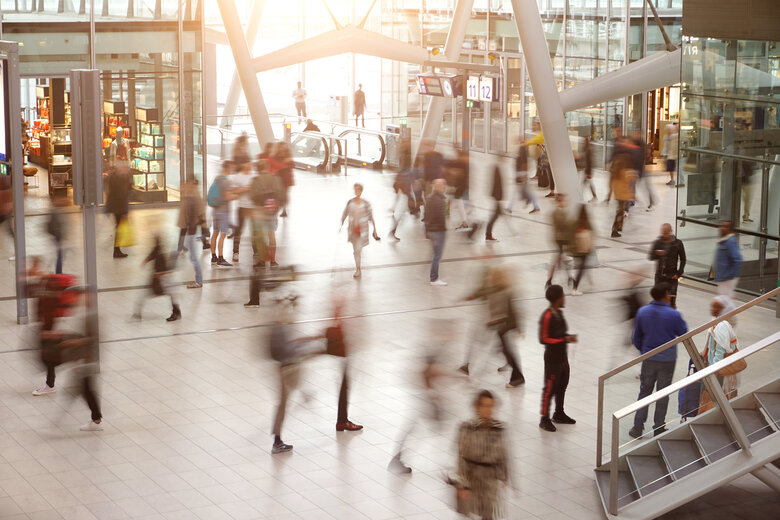The Internet of everything: IoT use cases

Hardware providers answer the question about IoT use cases with: Imagine you had superpowers…
It’s a mindset that illustrates just how many opportunities IoT technologies can create. As the technology can be applied to almost every vertical, possible use cases are only limited by our imagination.
The internet of things (IoT) is a term for cyber-physical systems that link physical devices to the web and to each other. IoT platforms can connect all sorts of physical devices and process the data generated by their different sensors. The analysis of IoT data enables decision makers to reveal new insights and helps automated ecosystems become smarter.
Transport, logistics, manufacturing, healthcare, retail or smart homes, everything is connected. Here’s how the IoT is put to use in different industries:
Logistics
Transportation and logistics need as much information as possible for accurate and error-free management. Timing is of the essence – especially when relying on a combination of different transport modes such as rail, road, and sea transport.
The logistics industry was among the first adopters of IoT technologies in operations: It introduced handheld scanners to digitise the delivery process and multiple sensors to monitor cargo and delivery truck performance.

Now everything is connected, from flexible warehousing operations to supply chain management: Assets, carriers, storage facilities, parking lots, trucks, and other types of infrastructure. This helps in pinpointing underused resources and making plans for enhanced optimization. As a result, IoT-enabled operations save money, help ensure more reliable scheduling and increase delivery punctuality.
For example, DHL makes use of IoT technologies for freight transportation. It allows them to gain clear visibility of the movement and status of goods at all stages of the logistics journey. Sensors monitor the freight location, but also container openings, vibrations, strokes, or any damage to the cargo. This ensures the transported goods arrive on time, at the right place and intact.
Manufacturing
The industrial Internet of things (IIoT) uses both supply chain management and smart logistics. But it shows its real benefits in predictive maintenance and asset tracking:
A mix of temperature, HVAC and chemical sensors helps to control the conditions of working environments. Location tracking with RFID tags helps identify crucial assets and enables a whole new level of transportation automation in smart factories. Ultimately IoT implementations improve the factory’s operational efficiency and save time and costs.
One example of how IoT can enrich manufacturing processes is with digital twins. A digital twin is a virtual representation of a physical object, which can be an individual item, a machine or a whole manufacturing plant. With the help of digital twins the production line can be monitored digitally and in real time to detect flaws as soon as possible.
Agriculture & Farming
IoT data is revolutionising agriculture by taking the guesswork out of growing food. The study of weather conditions to forecast ice, rain, drought, snow or wind changes enables farmers to take necessary measures in advance. In a greenhouse environment temperature and HVAC sensors allow for control over micro-climate conditions.

In addition to that sensors built into to production processes monitor machine performances and the status of the content in trucks and tanks. Results are higher crop yields, increased efficiency, improved quality and less water usage.
The ‘Internet of cows’ shows how IoT can be applied to the pastoral farming sector. By implanting sensors in selected cows, farmers can gain a valuable overall picture of the herd’s health. This can help them identify problems at an early stage and act quickly to resolve them before they impact the efficiency of milk production.
Smart Cities
On a city level, IoT technology can help municipalities to organise their cities more effectively and sustainably.
Sensors can be used to monitor urban noise and air quality in problematic areas. Smart traffic solutions can redirect drivers to different routes to release pressure from high-traffic-areas. This way IoT can drive optimal space utilisation.
With smart lighting systems, street furniture can be programmed to adjust to their surroundings with the help of light and motion sensors.
An example of creative IoT use is the smart parking solutions in Montpellier. With data from motion sensors the location of free parking spots can be communicated to drivers in real-time. This eliminates the time spent on driving around in search of available parking and makes the city more eco-friendly in the long run.
Shopping & Retail
The internet of things has numerous applications in a retail environment:
On one side it can create a more immersive shopping experience for customers. The technology can connect a customer’s mobile to a store window, help them finding what they need, offer valuable information or special concessions for loyality.
On the other side retailers can use IoT platforms to improve their store operations. RFID labels attached to items helps to monitor stock levels, sales and customer behaviour. The data generated with this technology enable managers to plan ahead and work more efficiently.

A fully automated checkout is already a reality at the Amazon Go store. The convenience store uses a set of sensors to detect which items are added to a shopper’s basket. Customers can then simply walk out of the shop without queuing and their digital accounts are automatically charged.
Healthcare
Healthcare organizations make use of IoT technologies to improve their workflow and patient experience.
As in other industries IoT technologies streamline asset tracking and improve supply chain management. With an inventory management system, employees can locate crucial equipment quickly.
But in addition to that, wearable devices can also collect and analyse health data from patients in real time. Systems like glucometers, blood pressure cuffs and other devices can collect data on the vital signs of patients. The data can be used for proactive and connected monitoring, early detection and diagnosis.
“We’re also just beginning to scratch the surface there in integrating those devices to collect the data directly into the EMR [electronic medical record], giving us at least some improvement for the clinicians in terms of workflow and ease of documentation” Neal Ganguly, Vice President and CIO at JFK Health System in Edison
Smart Homes
In domestic homes, smart meters are becoming increasingly common, allowing residents to monitor and control their energy consumption. A connected system of smart home sensors can for example automatically adjust the thermostat to change temperature or turn off the lights when a room isn’t occupied.

Home safety and security systems connect sensors like cameras, motion, fire and smoke detectors with alarm systems.
Voice assistants on devices such as Amazon Echo or Google Home can provide additional services. They can connect to mobile phones or entertainment systems to make phone calls, schedule event, play music or control a smart TV remotely.
The internet of ___________
This list is by no means comprehensive and can be expanded to different industries and use cases. Looking at the variety of sensors, some fields have only just started to discover their potential. With this “superpower” at hand, the utilisation of IoT data can create opportunities for sustainability, energy efficiency, health and safety.
Request a demo
Experience the power of our mapping, wayfinding, and asset tracking technology for yourself. See how our software can enhance your facility.



